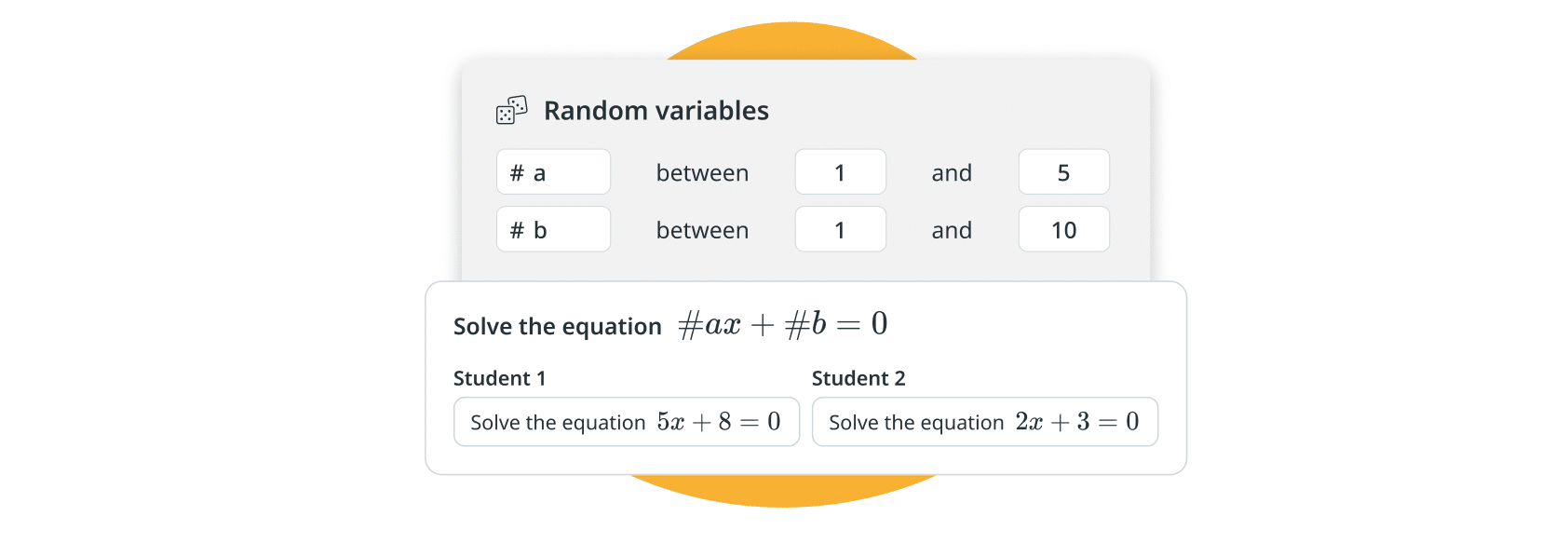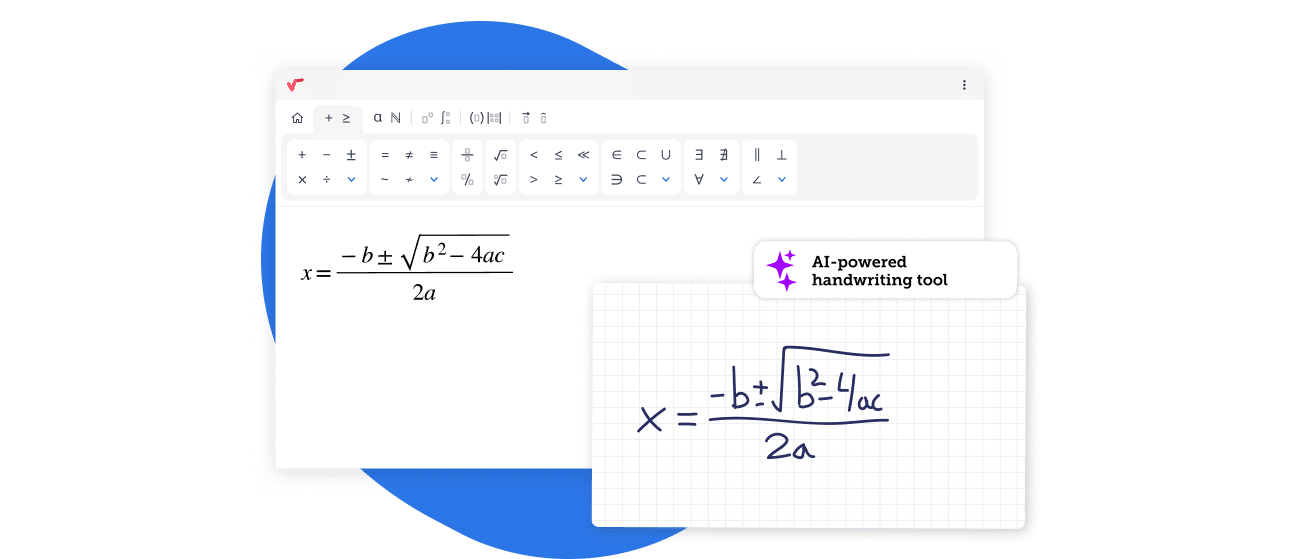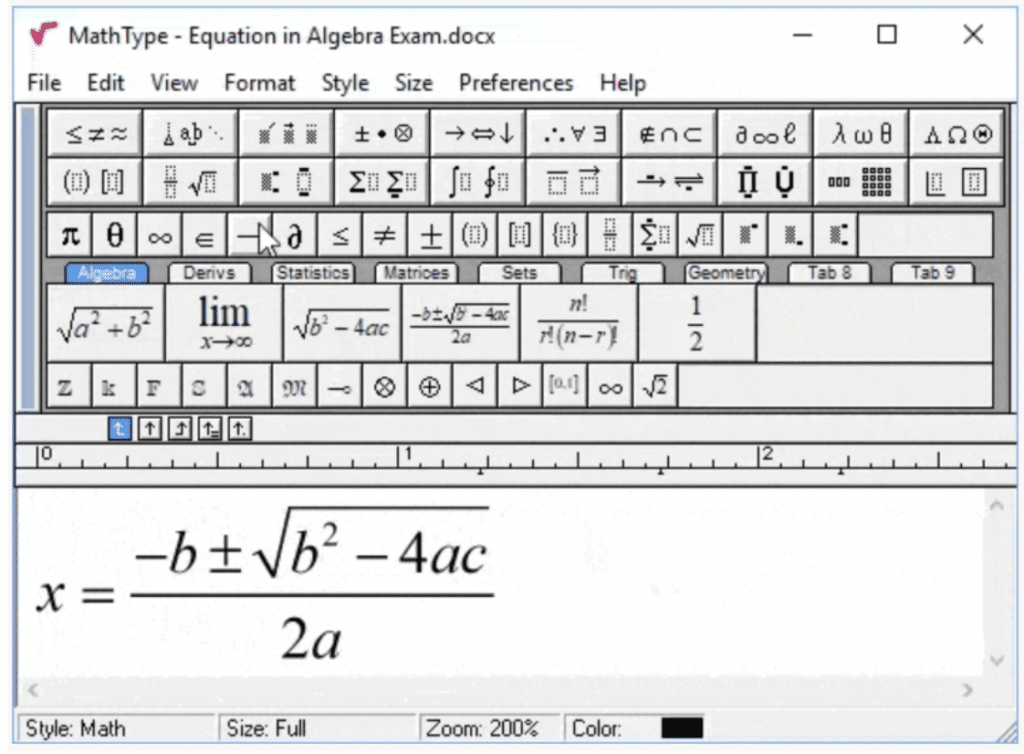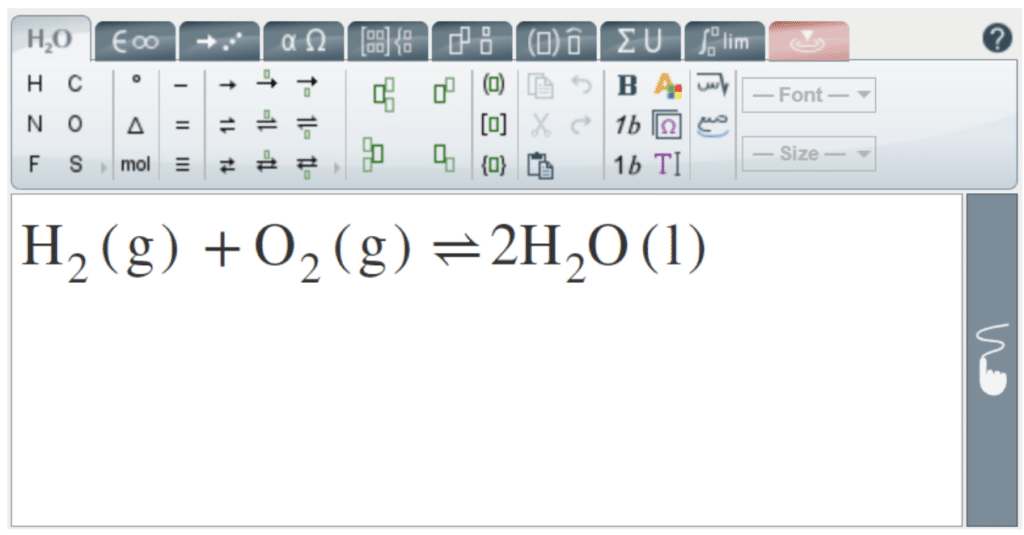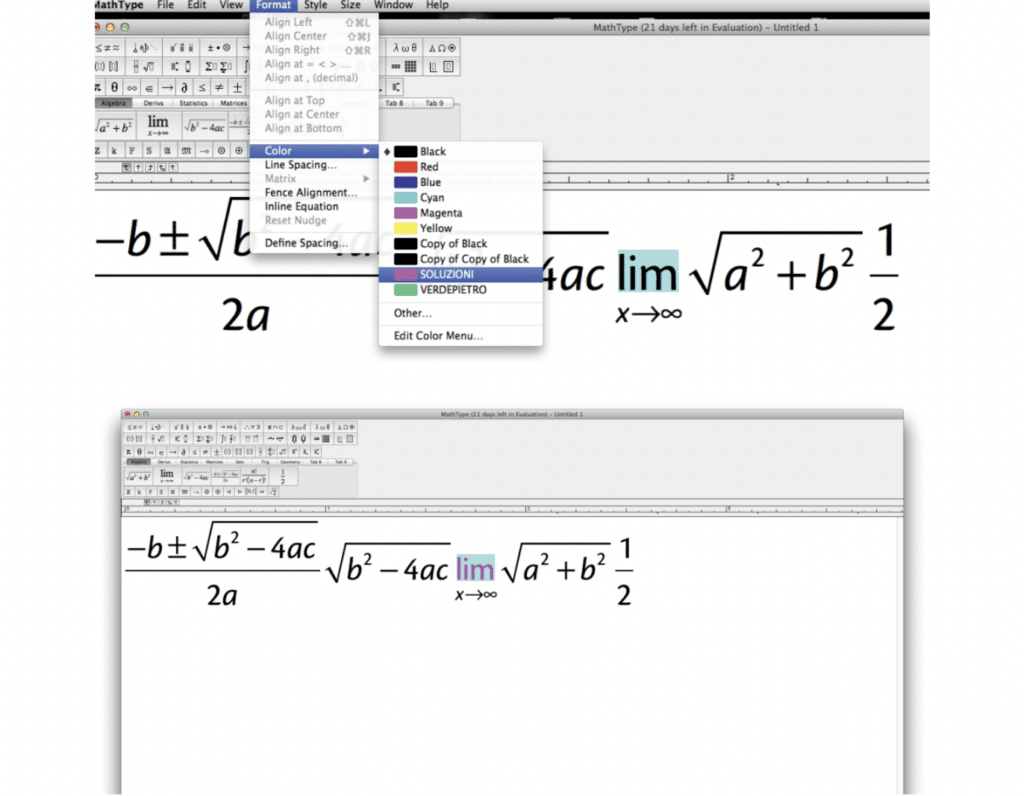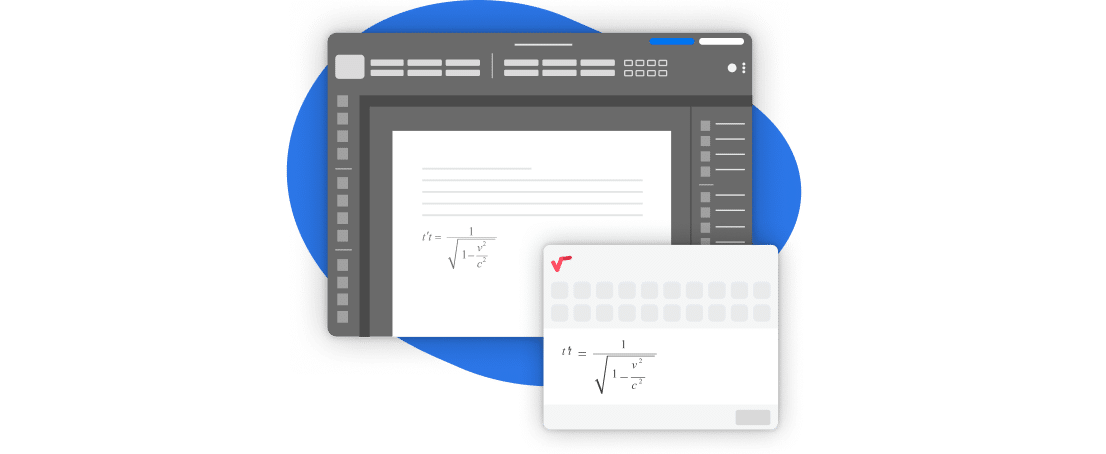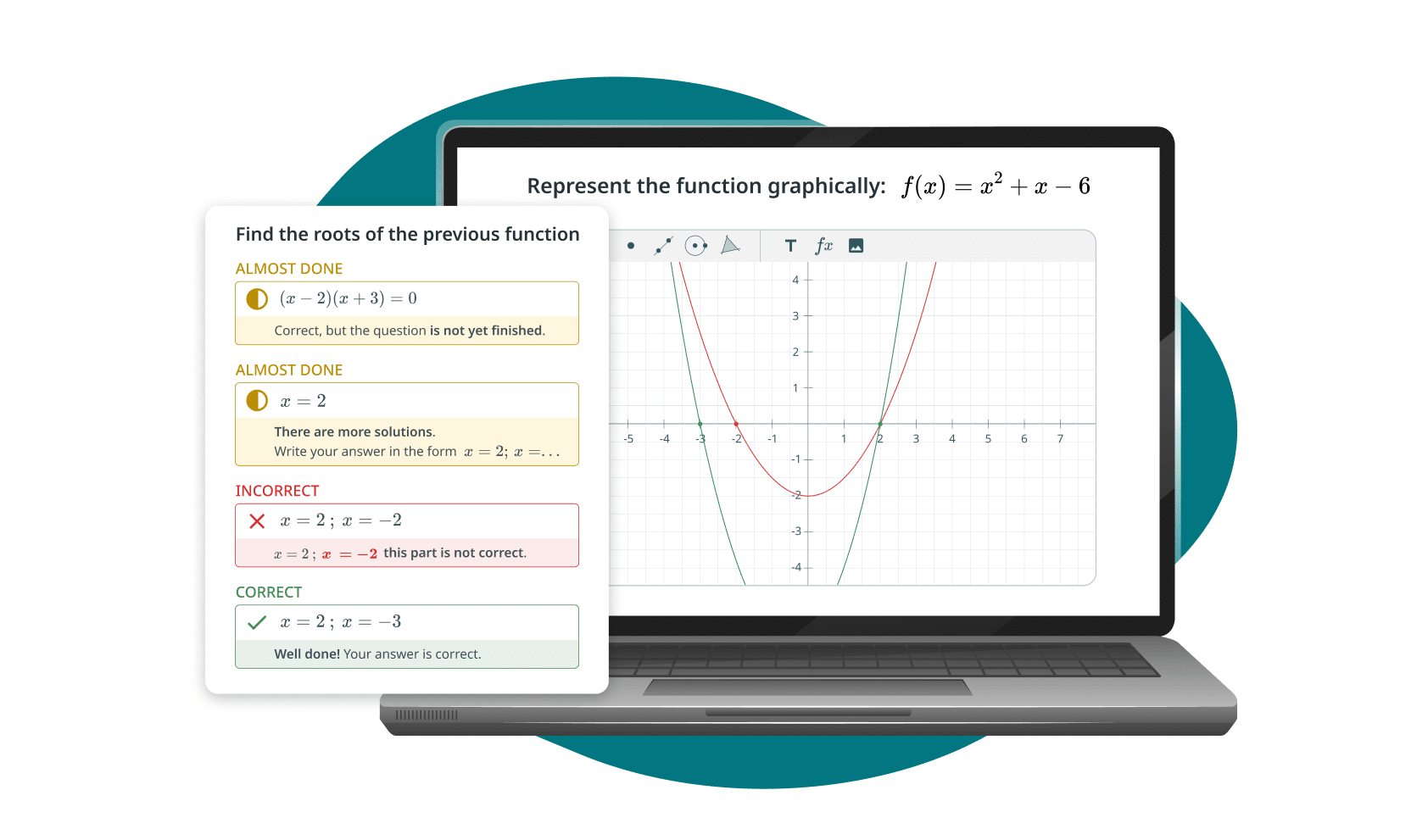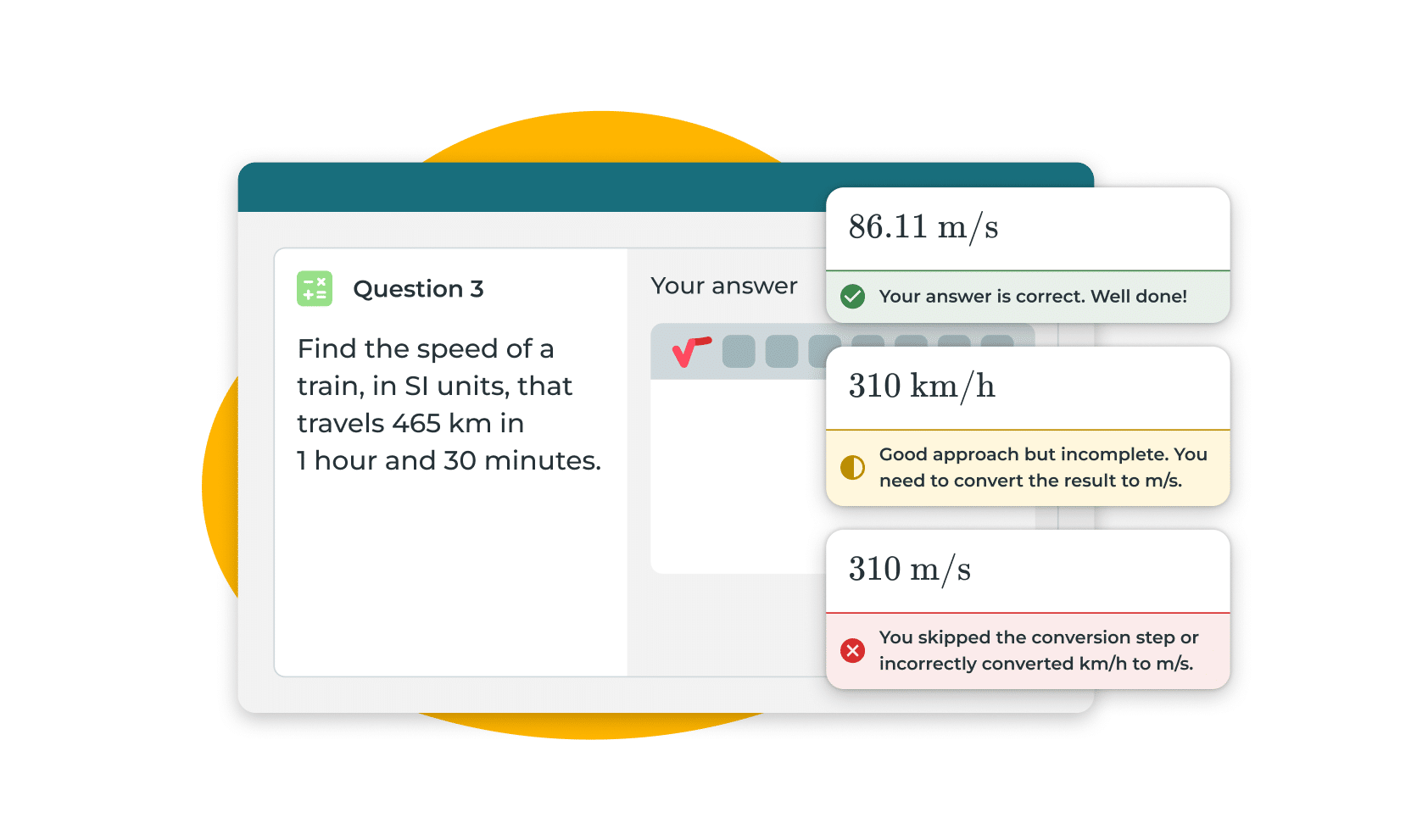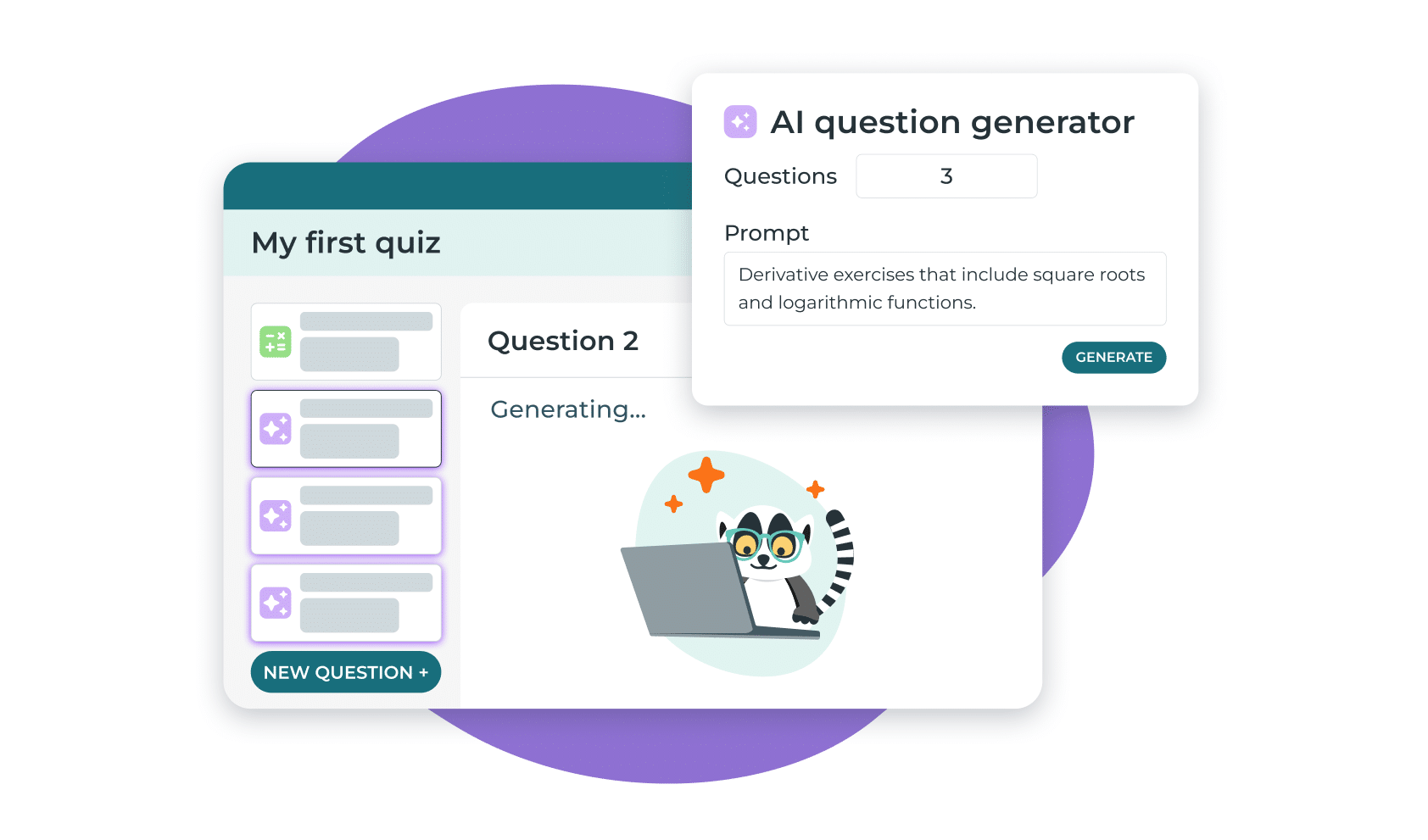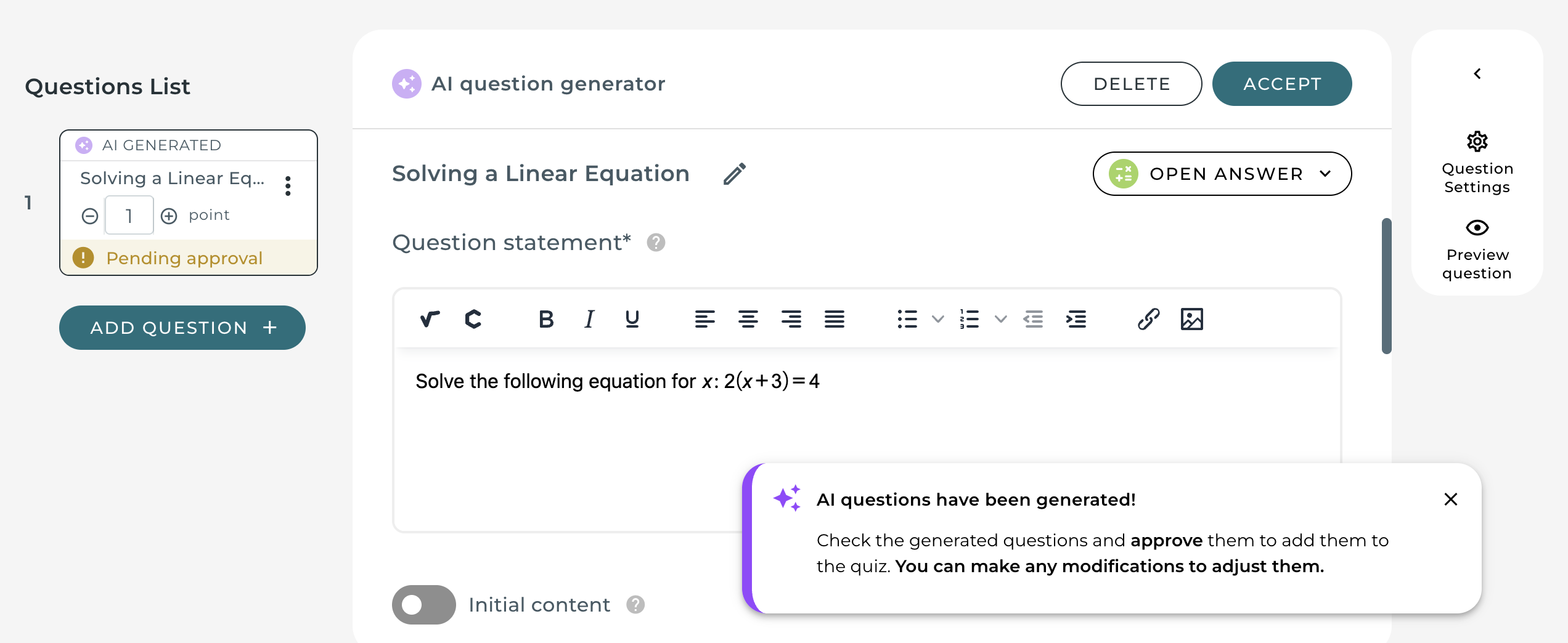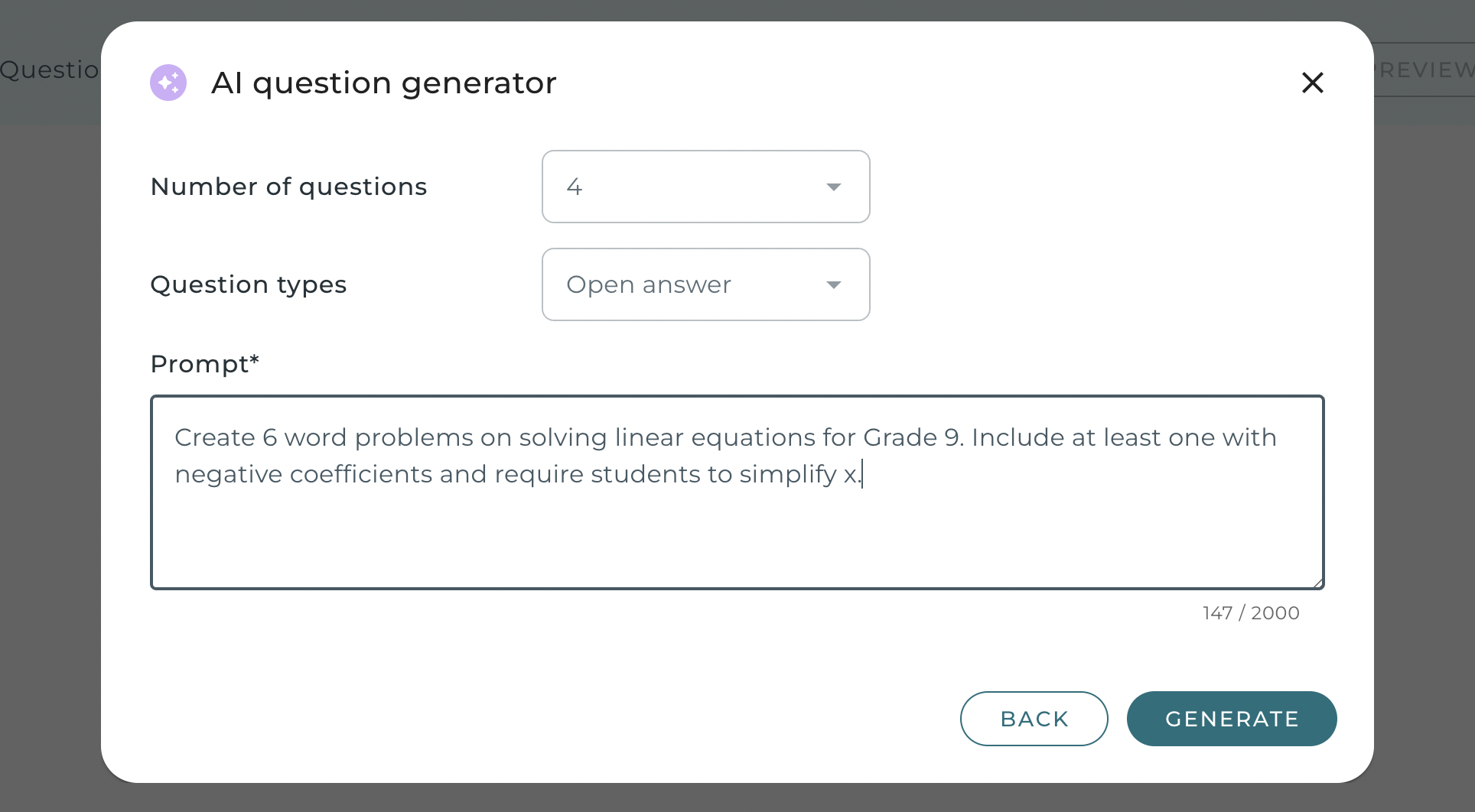Transforming Digital Math Content in Real Classrooms
In the fast-paced world of digital math content, precision and clarity are vital for effective learning. ASSISTments, a free online math platform for grades 3-12, empowers teachers to assign math problems and provide students with instant feedback. With thousands of students and educators relying on the platform every day, ASSISTments needed a scalable, accurate, and accessible solution to handle complex mathematical notation. Here enters MathType, the tool that powers math expressions in both content creation and student responses within their math assessment tools.
When Equations Were Messy: The Challenges Before MathType
As an assessment platform, ASSISTments faced growing demands around consistency in math content creation and clarity of expression. According to Ryan Emberling, Director of Engineering at the ASSISTments Foundation, one of their biggest pain points was formatting:
“It was a pain point for students to type things like sqrt() to express their answers, and for teachers to make sense of those submissions.”
Generating and interpreting math notation without a standardized editor led to confusion and inefficiency.
Moreover, creating math expressions at scale was complex. “Even embedding these equations as images was a challenge,” affirms Ryan. The team needed a tool that could streamline both authoring and reading math content, one that would make online math assessments seamless for teachers and students alike.
The MathType Fix: A Seamless Solution for ASSISTments
ASSISTments implemented MathType across their platform, embedding it in both question creation and student answer fields. This allowed math to be written, displayed, and interpreted consistently throughout the learning process. As Ryan explains, “We use MathType in both the questions and in student submissions.”
The impact was immediate. Teachers gained a reliable, familiar interface for authoring problems with clean math notation. Students could write expressions intuitively without memorizing syntax. And most importantly, the platform achieved standardization across its vast library of math problems.
Making Math Work at Scale: Implementation in Action
Scaling quality in math education takes more than good intentions: it requires the right tools, implemented thoughtfully. ASSISTments knew that achieving consistent, accessible math content across thousands of users meant getting the details right from the start.
Core Workflow: How Teachers and Students Use the Platform
ASSISTments began by identifying its core challenge: creating a math-friendly interface that supports content authors and enhances clarity for students. As Ryan explains, this need stemmed from the platform’s core functionality:
“Teachers assign work to their students […] and students complete their assigned work and get scores automatically.”
A flexible fit for diverse needs
Using MathType, the platform adapted to serve multiple user types. Whether authoring algebra questions or submitting open-ended answers, users interacted with the same consistent math input tool. This uniformity aligned perfectly with the curriculum’s needs.
Integration without headaches
Thanks to MathType’s flexible integration, the implementation was straightforward. Its seamless embedding allowed the engineering team to focus on building better content rather than managing formatting complexities.
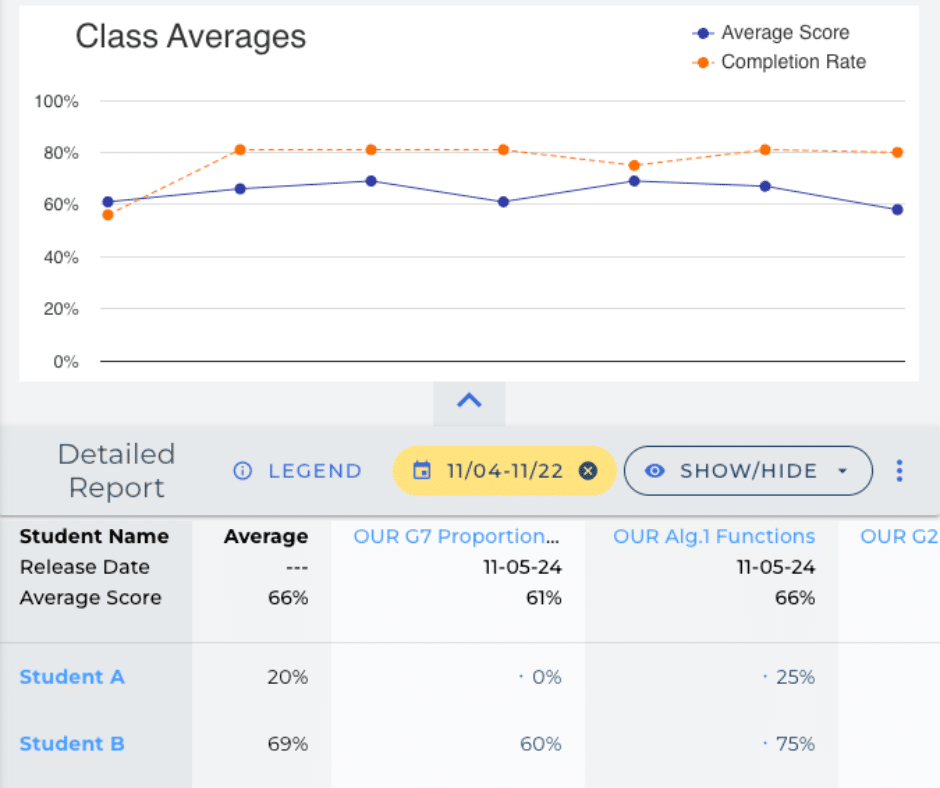
What Changed: Results That Elevated Math Content Creation
When ASSISTments first integrated MathType, the decision wasn’t just about improving their platform: it was about choosing a partner that could grow alongside their vision. Over the years, they’ve never had to reconsider that choice. MathType has consistently met their evolving needs without requiring any major rework or integration changes.
This long-term reliability has become a cornerstone of their innovation strategy. As ASSISTments expanded their platform’s capabilities and scaled their offerings, MathType seamlessly supported these advancements. From classroom assessments to large-scale research implementations, MathType’s adaptability has proven indispensable.
Choosing MathType from the beginning meant having the right tool from day one, one that continues to support complex math authoring needs, no matter how far the platform evolves.

What’s Next: Scaling Innovation and Accessibility
Looking ahead, accessibility remains a key priority. “From an accessibility standpoint, we struggle with the use of images. […] It’s preferable if it could be rendered as text that was more directly read by the screen reader,” explains Ryan. The team is actively exploring how MathType could evolve to better support screen readers and align with accessibility best practices.
Beyond accessibility, ASSISTments is pushing boundaries in automation.
“We’re interested in pushing the bounds of what kinds of problems we can grade automatically: graphing problems, manipulatives… to ensure students still get immediate feedback and spare teachers the need to grade,” says Ryan.
MathType is expected to play a key role in scaling this vision.
Rounding Off: MathType’s Lasting Impact at ASSISTments
The collaboration between ASSISTments and MathType highlights the vital role of well-integrated math assessment tools in modern education. With MathType, ASSISTments has transformed its approach to math content creation, improving communication, accessibility, and scalability.
Ryan Emberling’s insights show that innovation in digital math content isn’t just about technology: it’s about designing tools that empower users at every level of the learning process.



